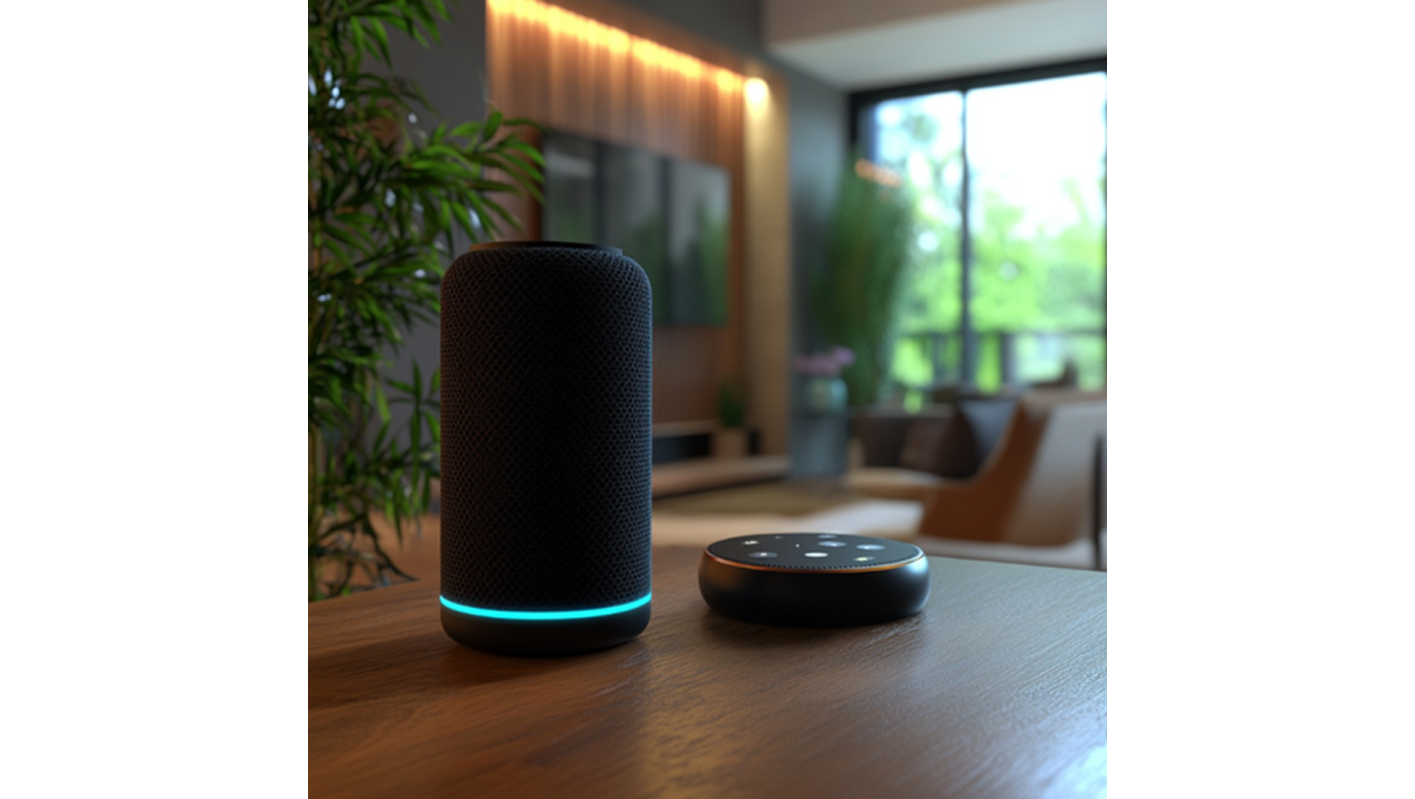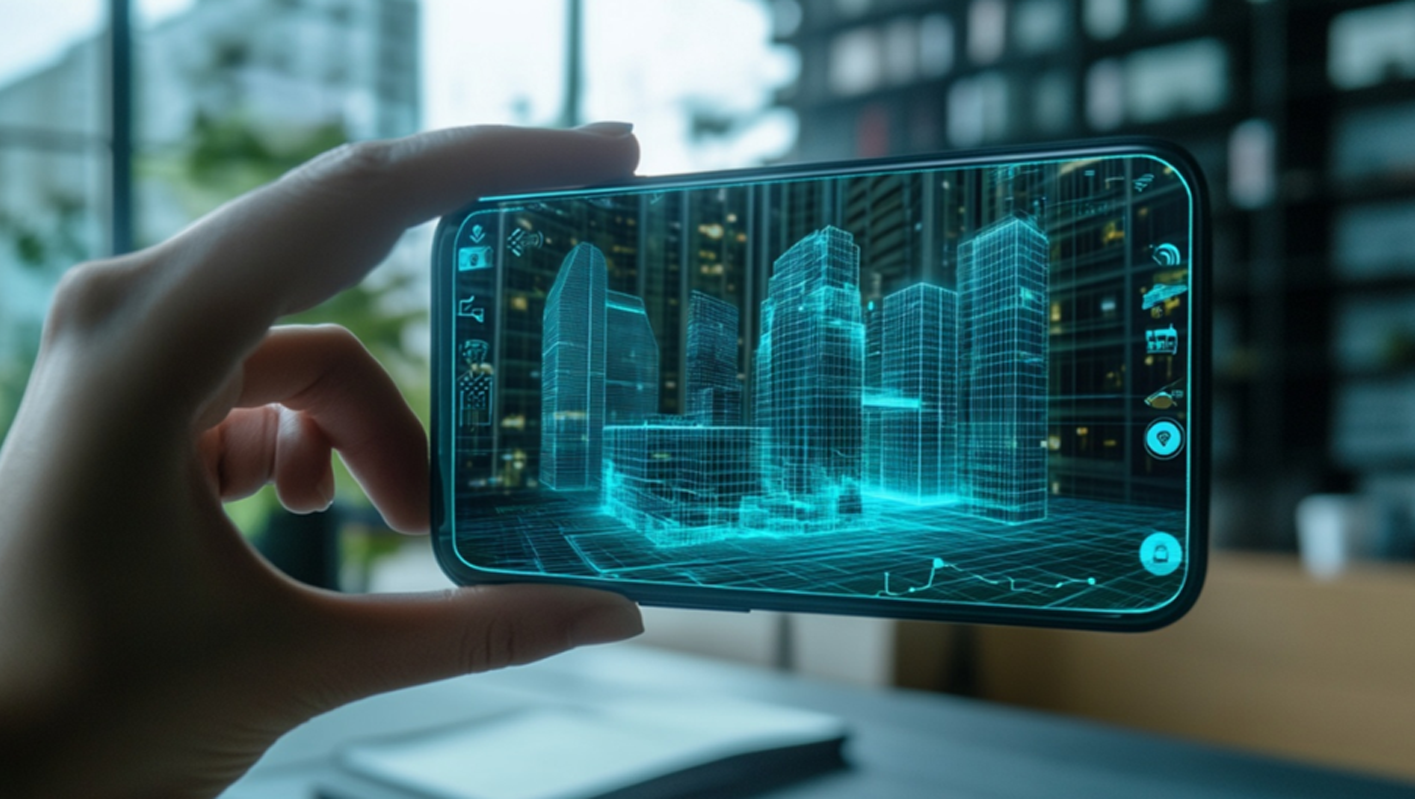
- Wireless Charging: The Power of Induction
Ever wonder how you can charge your devices without plugging them in? Wireless charging relies on electromagnetic induction.
- Inside the charging pad, a coil generates a magnetic field when electricity flows through it.
- When you place a device with a compatible coil on the pad, the magnetic field induces a current in the device’s coil, charging the battery.
This principle, discovered by Michael Faraday in 1831, is also used in transformers and electric toothbrushes!

- Wi-Fi: Invisible Connectivity
Wi-Fi allows devices to connect to the internet without cables using radio waves. Here’s the science:
- A router emits radio waves at specific frequencies (2.4 GHz or 5 GHz).
- Your device’s Wi-Fi antenna receives these signals and decodes the data.
- The data packets are then processed by your device’s hardware and software to display emails, videos, or memes.
Wi-Fi is based on electromagnetic waves, the same phenomenon behind light, but at lower frequencies.

- Smart Assistants: Listening and Learning
Virtual assistants like Siri, Alexa, and Google Assistant harness a mix of natural language processing (NLP) and machine learning to understand and respond to you.
- Voice Recognition: A microphone captures your voice and converts it into digital signals. Algorithms analyze the patterns to determine words and intent.
- AI Algorithms: Machine learning models trained on vast datasets enable these assistants to predict responses, understand context, and even improve over time.

- Electric Vehicles: The Battery Revolution
Electric cars are powered by lithium-ion batteries, a technology born from advances in electrochemistry.
- Lithium-Ion Batteries: These batteries store energy through chemical reactions between lithium ions and electrodes. When the car is running, the ions move from the anode to the cathode, generating electricity.
- Regenerative Braking: EVs also use this nifty feature to convert kinetic energy (from braking) back into stored energy, increasing efficiency.

- Augmented Reality (AR): Enhancing Your World
From Snapchat filters to Pokémon GO, AR overlays digital elements on the real world. Here’s how:
- Cameras and Sensors: Your device uses cameras to capture the environment and sensors like gyroscopes to track movement.
- Computer Vision: AR software identifies objects and surfaces in the real world, mapping them for accurate overlay placement.
- Rendering: Virtual objects are rendered using 3D graphics and positioned in real-time to create the illusion of blending with reality.

Why Science Matters in Tech
Every technological innovation is built on years—sometimes decades—of scientific research. Understanding the science behind your gadgets not only satisfies curiosity but also highlights the ingenuity of engineers and scientists.
Next time you unlock your phone, stream a video, or ask your smart speaker to play your favorite song, take a moment to marvel at the incredible science behind the scenes.
Got a favorite piece of tech you’d like us to break down? Share it in the comments on our social media pages, and let’s geek out together!
Keep exploring. Keep learning. Never stop appreciating the power of science.







